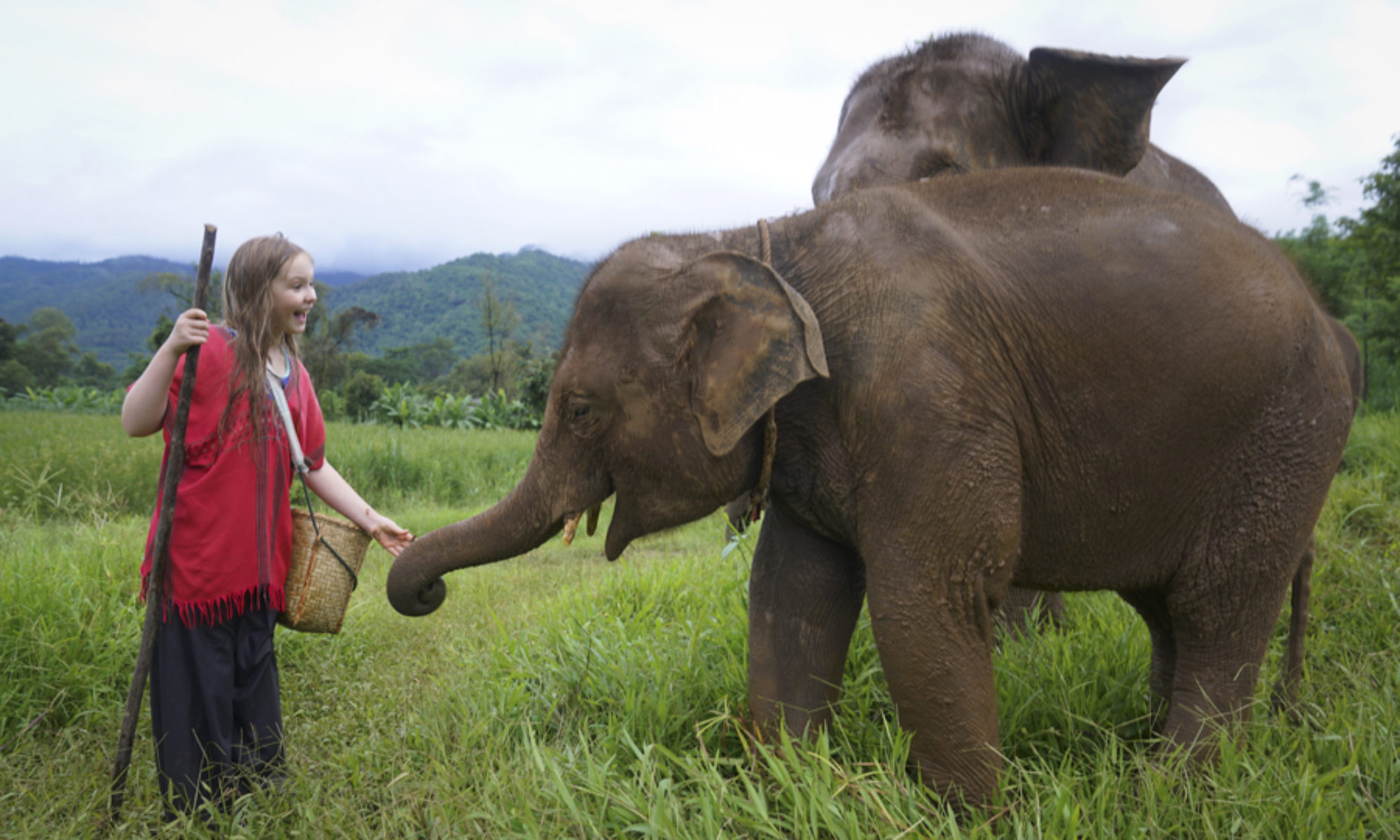
At long last, we reached Mount Koya, site of the ethereal Okuno-in cemetery and sacred temple. I had visited this place nearly 3 decades ago and it has had me in its spell ever since. Ancient, solemn headstones, many covered in moss, line the pathway to a temple lit by thousands of lanterns which have, according to tradition, been burning for more than 1,000 years.
Elise’s introduction to the cemetery was during a night tour given by a good-natured monk who described the significance of the headstones, bridges, symbols, temple, as well as teachings of Kobo Daishi, the monk who founded Japanese Esoteric Buddhism, and who is believed to have been meditating in a sealed chamber at Okuno-in since 835.

In spite of the size of our group and the cheeriness of our guide, Elise and I had goosebumps at times. It was spooky seeing the faint outlines of the headstones just a few meters from the path where the light dropped off.
The monk explained that the Japanese practice both Shintoism and Buddhism, the former to celebrate beginnings, such as births and weddings, and the latter to commemorate death. He pointed out the full and partial moon shapes in the lanterns, which represent the range of human emotions. He said that we should strive to be open and bright like the full moon, rather than subject to, say, anger or depression, which reduces us to a fraction of our full selves.
Before we crossed one of the bridges, he warned us to walk carefully because anyone who falls dies within 3 years. He said this almost gleefully. He also told us that anyone who cannot see their reflection in a well near the bridge would likewise die in 3 years. Fortunately, we did not fall, and, the next morning – gulp – we checked for our reflections and saw them deep in the well.
At the third and final bridge, beyond which no photography was allowed, we purified ourselves by splashing water on the statues of Buddha, and then followed the monk to Kobo Daishi’s mausoleum, the most sacred part of Okunoin. Drawing our attention to the tall, gilded, lotus flowers, he told us that Kobo Daishi taught that lotuses can grow out of even mud, and that, like them, we should strive to live beautifully in spite of challenging earthly conditions. I reflected on how I’d allowed myself to get cranky when things did not meet expectations during our travels (eg suboptimal accommodations, delays, airline strikes, etc), and decided to concentrate instead on how fortunate we are just to be there.
The monk chanted so that we would receive blessings. Our group was quiet and I saw that eyes were shining. There seemed to be an element of respect or big-heartedness or something in the air, and my (type A/stressed-out/gotta-manage-it-all) self felt strangely at peace.

The next day we had no trouble feeling as open and bright as the full moon as we sampled a sublime vegetarian Zen Buddhist meal. It was a joy lifting up the tiny lids to see what delicacy lay beneath. There were more than a dozen different dishes including silken tofu, miso soup, veggie tempura, salads, pickles, various unidentifiable root veggies, and fresh fruit. We were in heaven. I could not recall the name of the restaurant, so I checked the receipt. It was in Japanese, so I drew the characters (花 菱) into this fun website to get the romanized spelling: Hanabishi.

At a shop nearby, Elise spotted a giant Totoro and sat down next to it, mimicking the bus stop scene in Miyazaki’s My Neighbor Totoro, where Satsuki and little Mei first discover (the initially somewhat sinister) Totoro.

Elise loves Totoro and carries a baseball-sized version of him with her, which she photographs like a stolen garden gnome.

After lunch, we made our way to a temple for sutra writing, the meditative practice of tracing kanji characters representing spiritual teachings. I loved seeing Elise carefully produce proper-looking characters with her calligraphy brush.
Eons ago I taught myself enough kanji to pass the first two levels of the exam of Japanese for foreigners, and had started working towards the third level when I decided to leave Japan for a fellowship in the German Parliament. Learning the strokes, stroke order, meaning, and pronunciation of each character required attention and time. It was then with a delicious sense of recklessness that I traced the characters at high speed (though with the proper stroke order), giving me an undeserved feeling of mastery. This was completely contrary to the point of the exercise, but it made me as happy as a little kid singing now I know my ABCs…
We dedicated our scrolls to the good health of our loved ones and paid a small fee to have them stored at Kobo Daishi’s temple.
We revisited the cemetery which had a very different feel during daylight. A monk chanting quietly clunked by in big wooden shoes.

We saw tiny bibs that had been placed on statues for the protection of children.



We also saw our lovely French friends Frederique and Caro, and Totoro posed for the obligatory stolen gnome travel photo.



You must be logged in to post a comment.